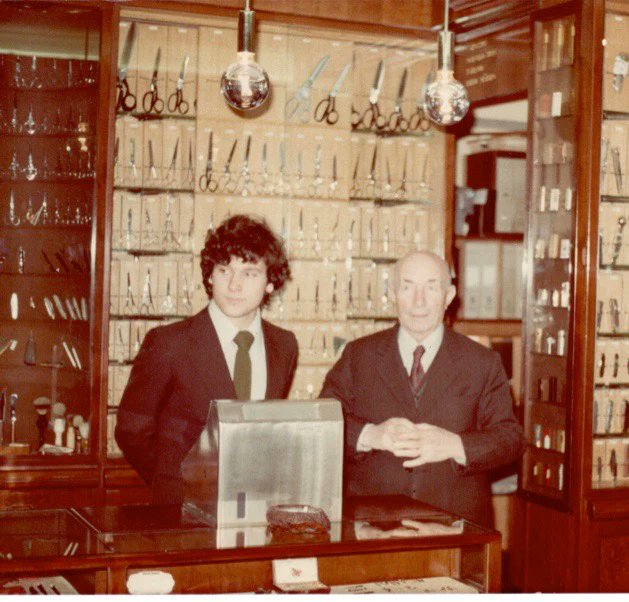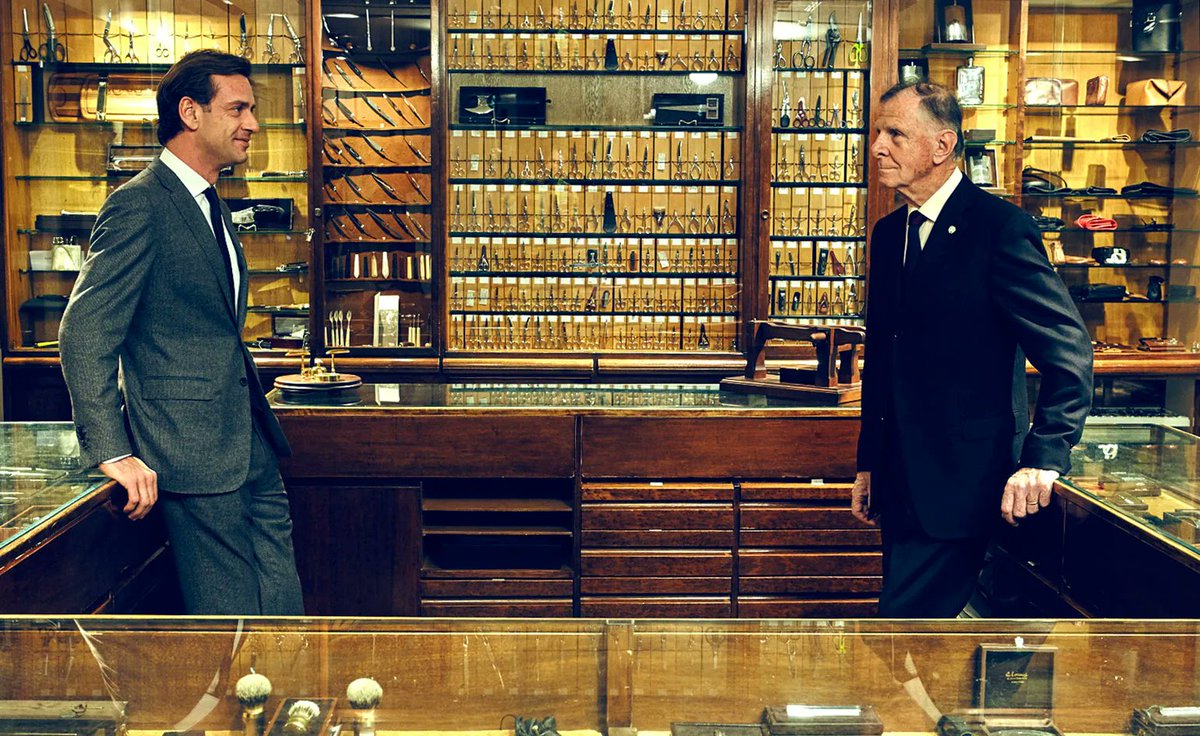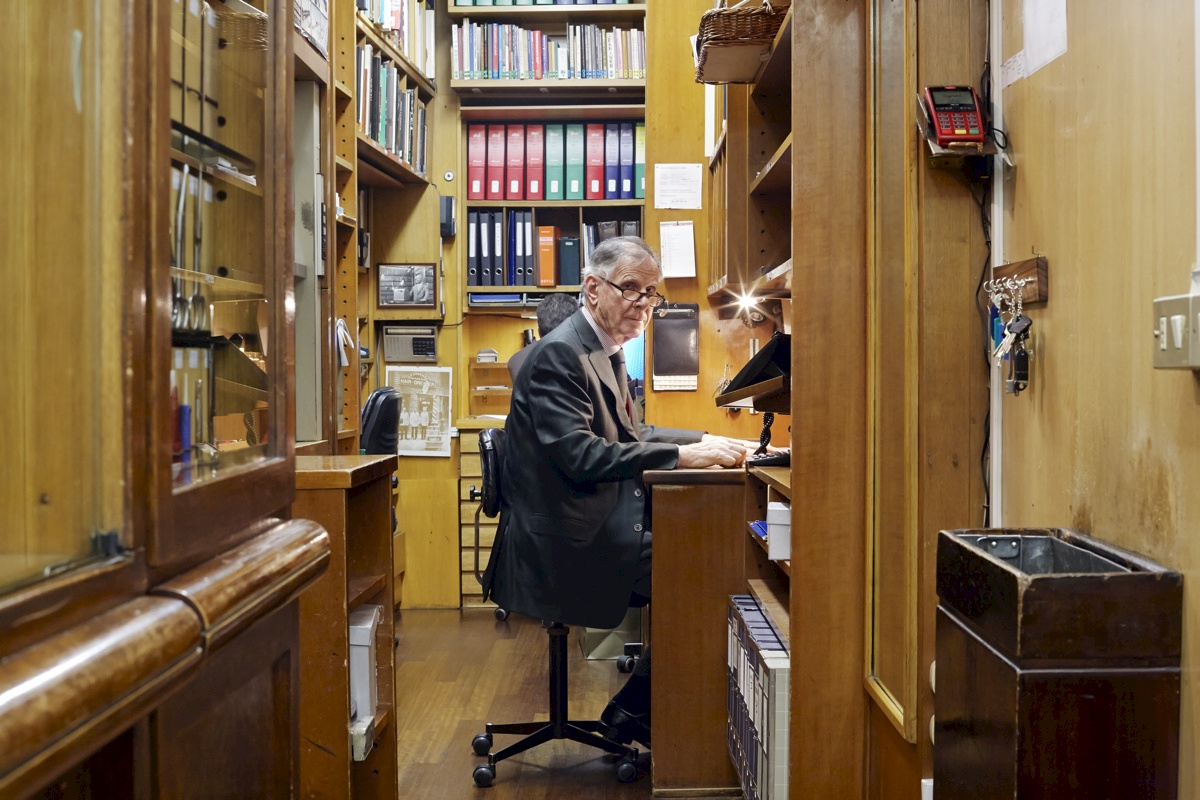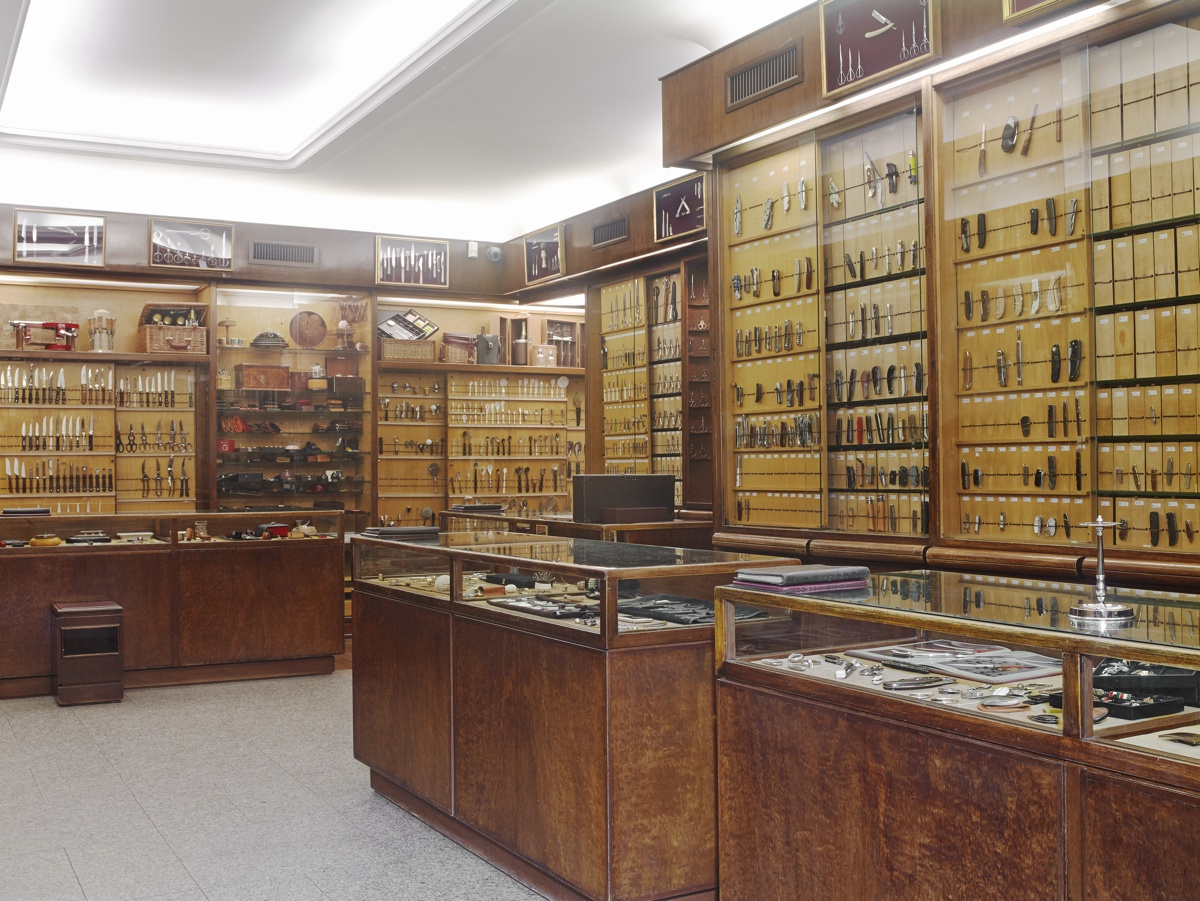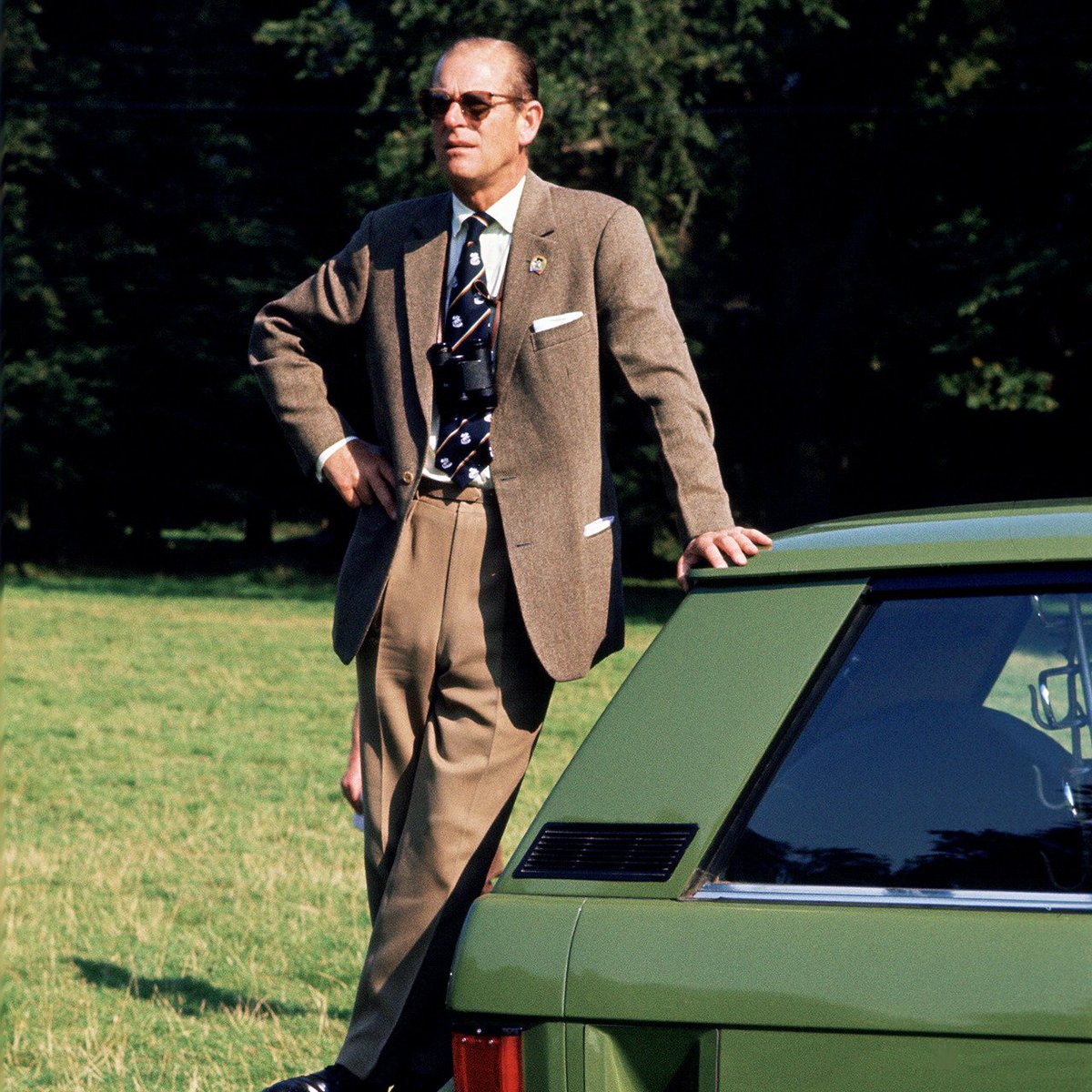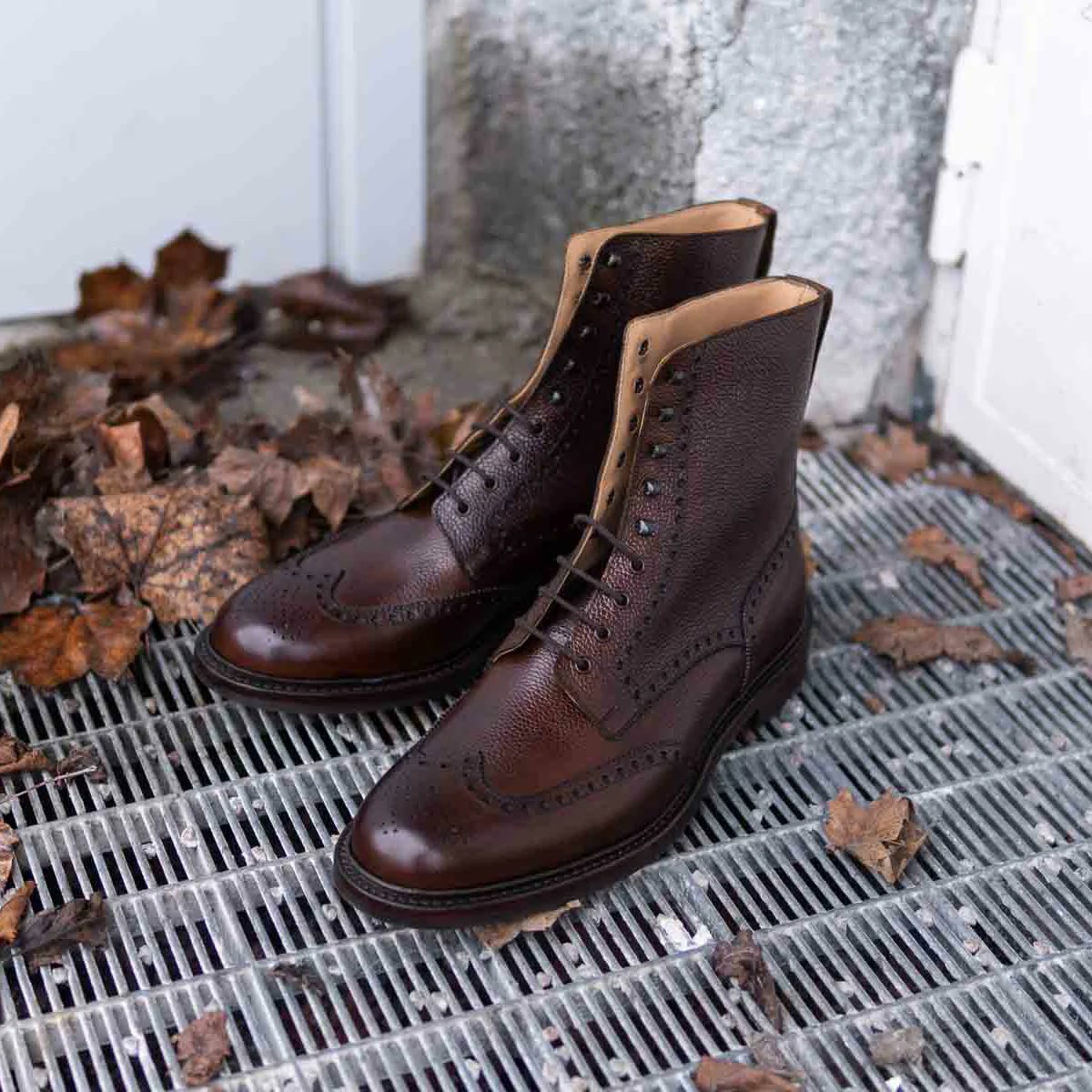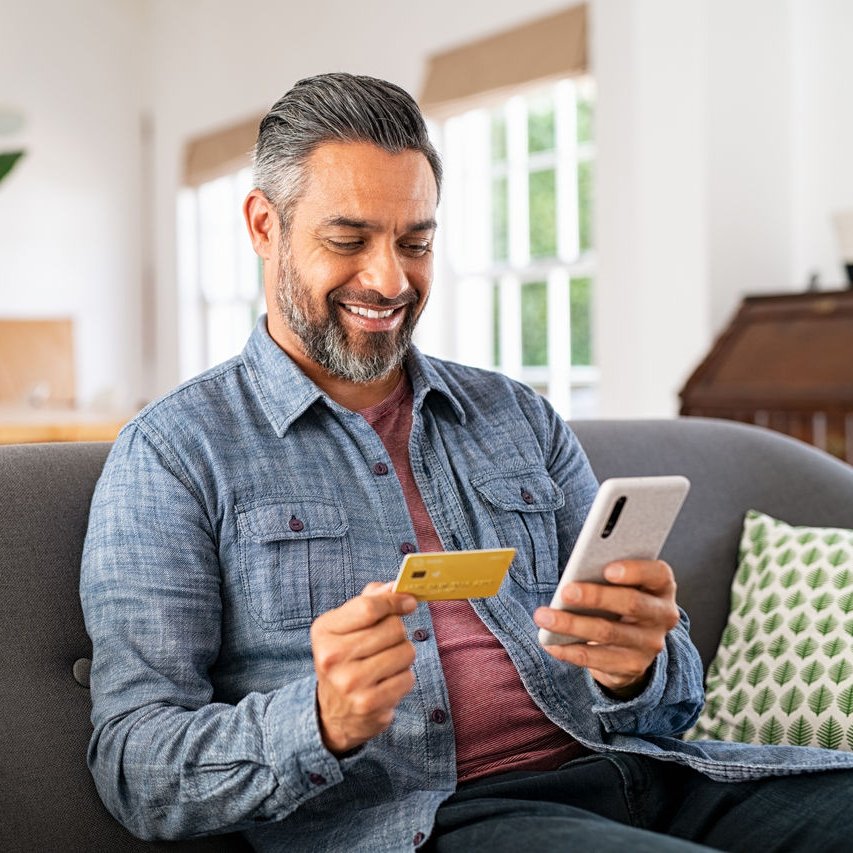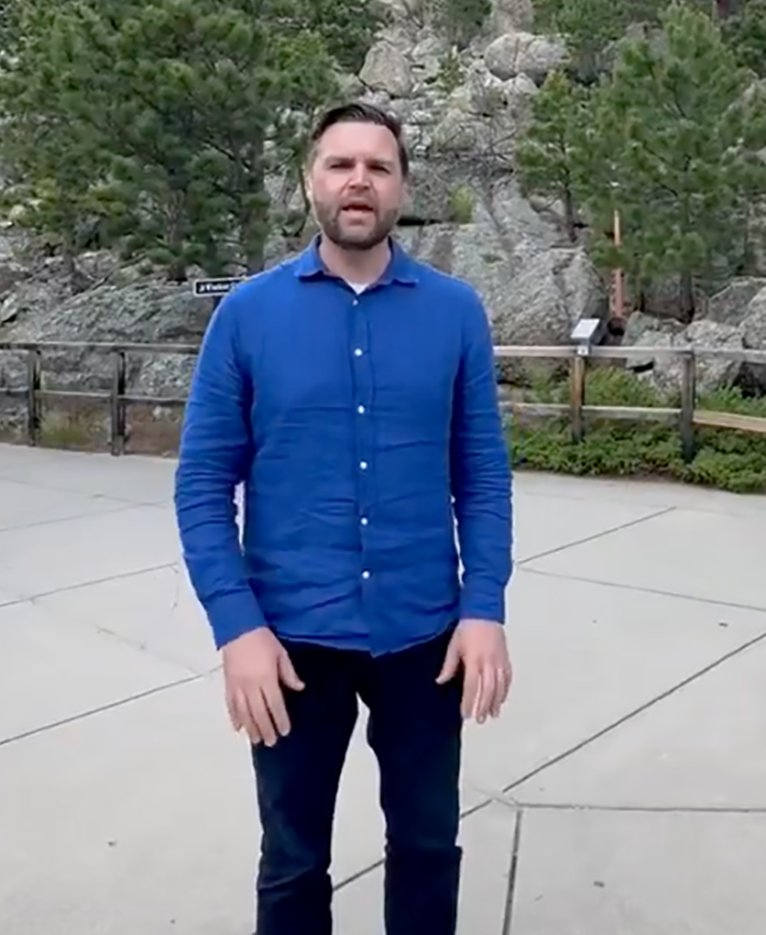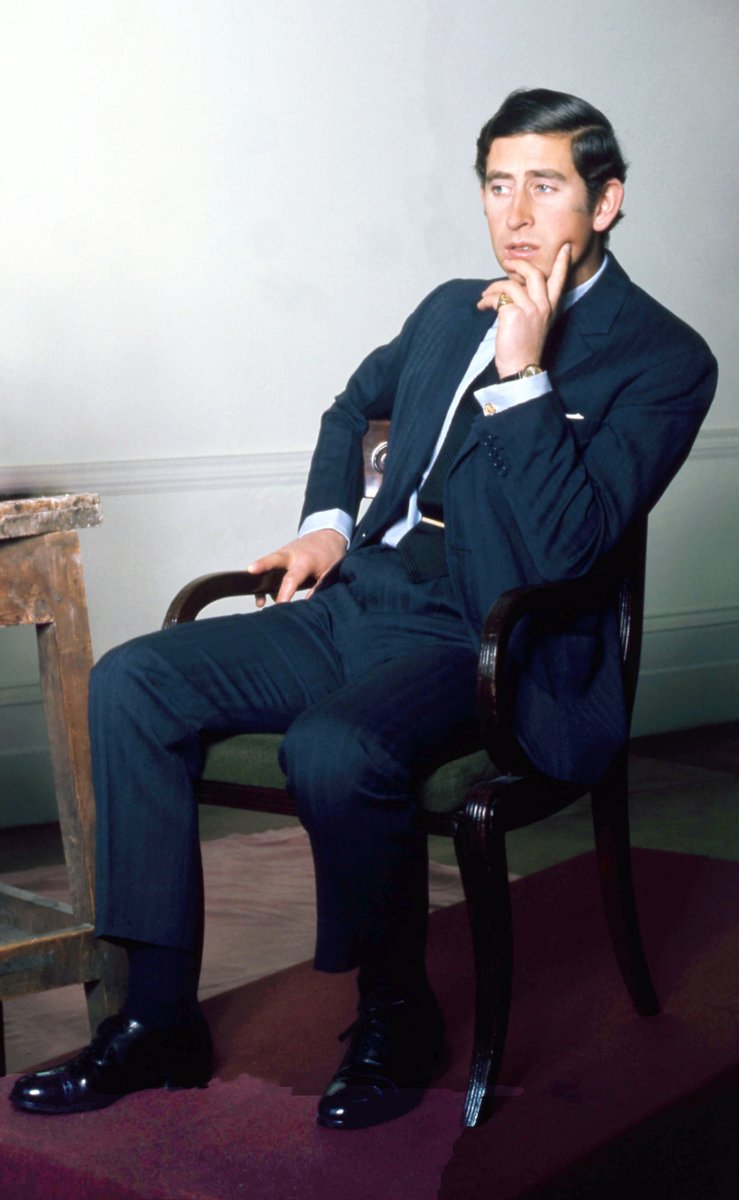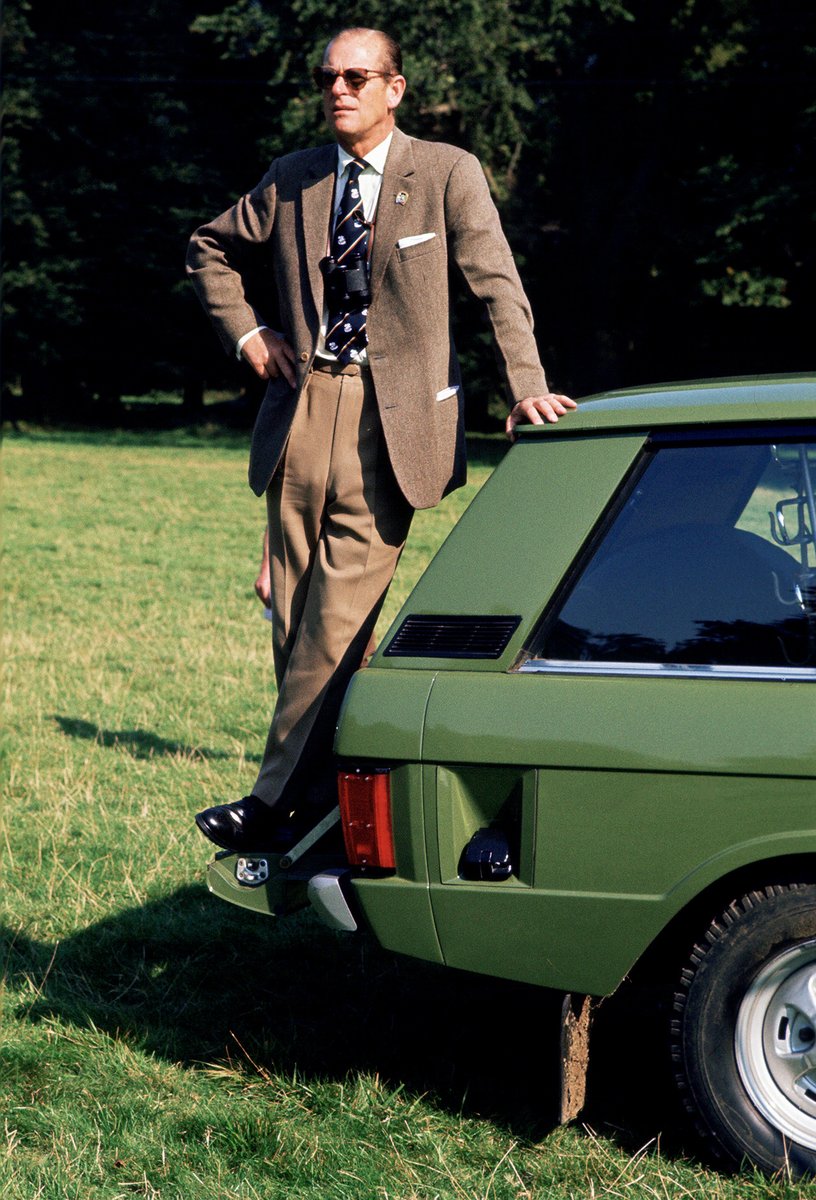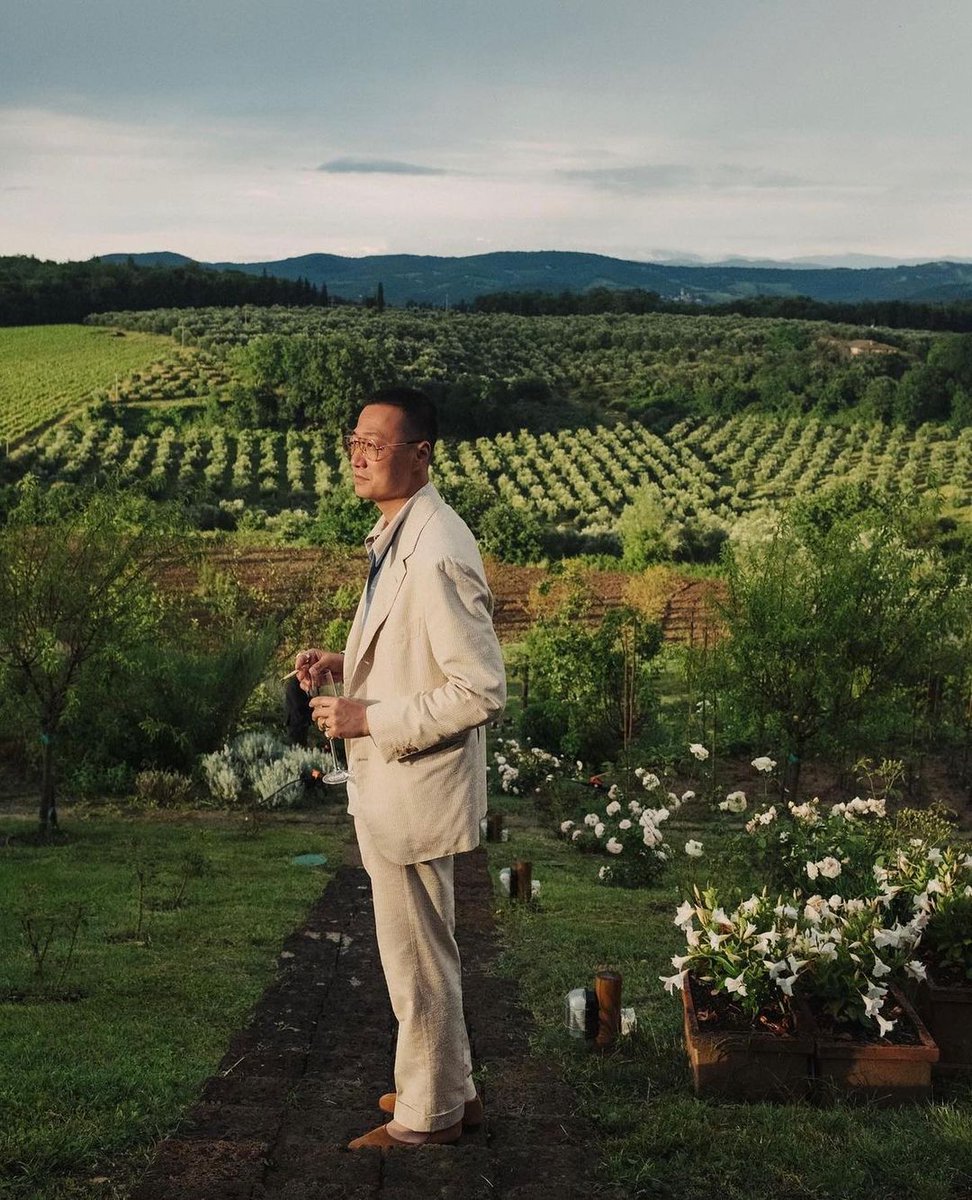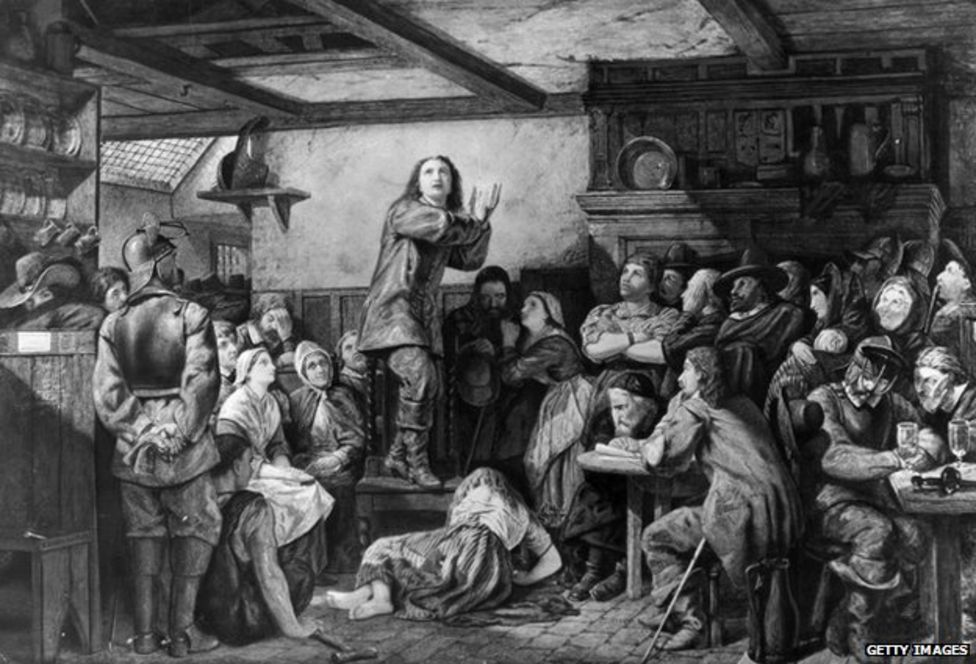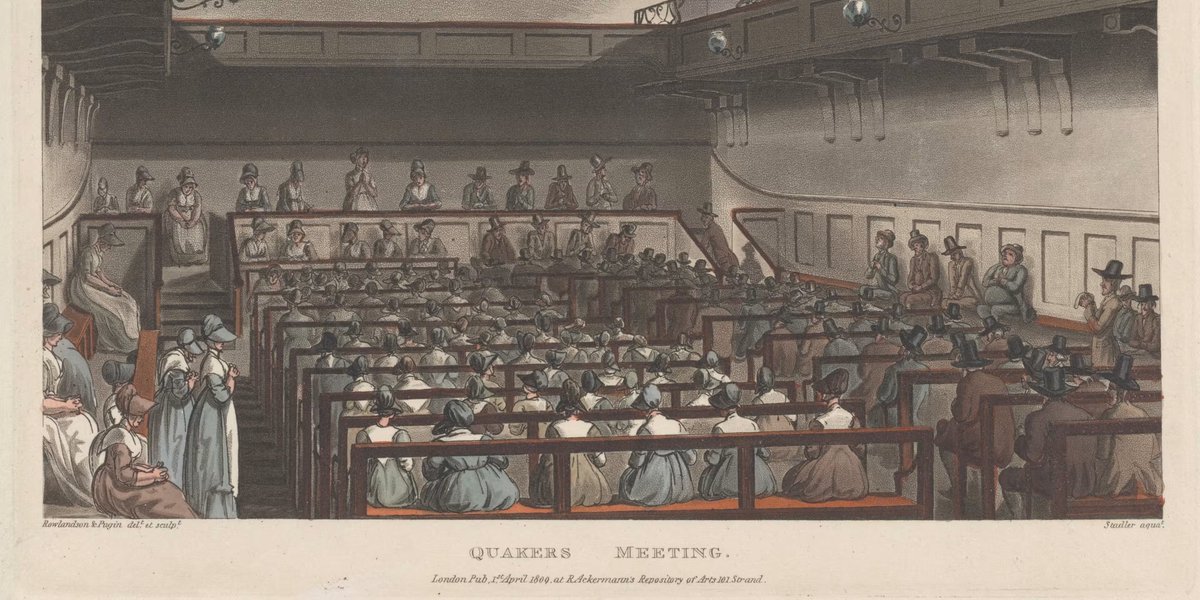Note that not everything on this list is going to fit your criteria for affordability because I didn't write this list specifically for you (as I don't know you). It's for a general audience. Take what's helpful; leave what's not.
Carhartt Double Knees (~$60)
Tough, durable, and handsome. Also a little fuller through the leg, which looks better than skinny chinos. Wear with denim trucker jackets, chore coats, and bombers. Black and brown are good colors.
Tough, durable, and handsome. Also a little fuller through the leg, which looks better than skinny chinos. Wear with denim trucker jackets, chore coats, and bombers. Black and brown are good colors.

Shetland Sweaters (~$50)
Type "(scotland, scottish) shetland sweater" into eBay's search field and click the box for "include description." Shetlands are a bit itchy (wear them over a collared shirt) but they have more texture than the smooth merinos at the mall.
Type "(scotland, scottish) shetland sweater" into eBay's search field and click the box for "include description." Shetlands are a bit itchy (wear them over a collared shirt) but they have more texture than the smooth merinos at the mall.

Ralph Lauren Outerwear (~$100)
Ralph Lauren has been making clothes for over 50 years, almost always with the same aesthetic but in diff proportions. Go to your local thrift store. Find a Ralph Lauren coat, like this one below. Try it on. I bet you will look great.
Ralph Lauren has been making clothes for over 50 years, almost always with the same aesthetic but in diff proportions. Go to your local thrift store. Find a Ralph Lauren coat, like this one below. Try it on. I bet you will look great.

Lee 101J (~$100)
Sizing is all over the place, so try to shop at a thrift store. These run super cropped, so not great for tall people. But IMO cooler than the Levis Type 3 bc it has dropped shoulder seams and neat silhouette. Storm Rider has corduroy collar & blanket lining
Sizing is all over the place, so try to shop at a thrift store. These run super cropped, so not great for tall people. But IMO cooler than the Levis Type 3 bc it has dropped shoulder seams and neat silhouette. Storm Rider has corduroy collar & blanket lining

Vintage Sweats ($30)
You know the cropped hoodie with dropped shoulder seams that designers sell? Those are modeled after vintage sweats by companies like Russell Athletic and Champion. You can find those on eBay for super cheap. Camber is pretty great too, but runs big
You know the cropped hoodie with dropped shoulder seams that designers sell? Those are modeled after vintage sweats by companies like Russell Athletic and Champion. You can find those on eBay for super cheap. Camber is pretty great too, but runs big

LL Bean Totes (~$30)
If you see someone with this bag at a flea market, they're rich. The good news is that you can get their bag for like $30 on eBay. Find the most beat-up version possible and just put it through a wet wash. The patina is charming.
If you see someone with this bag at a flea market, they're rich. The good news is that you can get their bag for like $30 on eBay. Find the most beat-up version possible and just put it through a wet wash. The patina is charming.

Vintage T-shirts
Find a vintage t-shirt you like. Prices can range anywhere from $5 to a bajillion nowadays bc of collectors. But if you're not hung up on status, there are tons of cool looking ones for cheap. Wear with chore coats or even tailoring.

Find a vintage t-shirt you like. Prices can range anywhere from $5 to a bajillion nowadays bc of collectors. But if you're not hung up on status, there are tons of cool looking ones for cheap. Wear with chore coats or even tailoring.


Ralph Lauren Preston Cords (~$30)
Search eBay for Ralph Lauren Preston corduroy pants. It's a slightly fuller leg, higher rise cut. If you find it too baggy, you can have a tailor taper them from the knee down. Wear with Western shirts and loafers. Or oxford button-downs.
Search eBay for Ralph Lauren Preston corduroy pants. It's a slightly fuller leg, higher rise cut. If you find it too baggy, you can have a tailor taper them from the knee down. Wear with Western shirts and loafers. Or oxford button-downs.

Vintage Fatigues and Cargo Pants ($50)
Available on eBay and at military surplus stores. I like German Army pants (they are post-war). Made from moleskin, but not the plush English kind (kind of rough like canvas). Size up. If you normally wear a 30, take a 32.
Available on eBay and at military surplus stores. I like German Army pants (they are post-war). Made from moleskin, but not the plush English kind (kind of rough like canvas). Size up. If you normally wear a 30, take a 32.

Crescent Down Works (~$125)
Made in Washington, super well-built, and comes with leather backed buttons. Rocky Mountain Featherbed is also good (more Westernwear flavor). Wear with chunky Arans during the fall season. Both are plentiful on eBay.
Made in Washington, super well-built, and comes with leather backed buttons. Rocky Mountain Featherbed is also good (more Westernwear flavor). Wear with chunky Arans during the fall season. Both are plentiful on eBay.

French Chore Coat ($75)
Just an easy layering piece. Buy ones that fit slightly loose (very fitted chore coats look bad). Wear with jeans, fatigues, or workwear-styled chinos. Lots of designer versions nowadays, but vintage is super affordable and easy to find on eBay and Etsy.
Just an easy layering piece. Buy ones that fit slightly loose (very fitted chore coats look bad). Wear with jeans, fatigues, or workwear-styled chinos. Lots of designer versions nowadays, but vintage is super affordable and easy to find on eBay and Etsy.

Suede Totes (~$100)
You can find vintage LL Bean ones on eBay, but they're kinda expensive. However, lots of good no-name vintage stuff for cheap. Vanson also sells new ones for like $170 on their site. Suede takes a patina quickly, so best with rugged workwear.
You can find vintage LL Bean ones on eBay, but they're kinda expensive. However, lots of good no-name vintage stuff for cheap. Vanson also sells new ones for like $170 on their site. Suede takes a patina quickly, so best with rugged workwear.

Wrangler Western Shirt ($30)
A little more rugged than your basic oxford cloth button-downs. Nice with jeans, fatigues, and workwear-styled chinos. Can even be worn underneath tweed sport coats in the fall. Like $30 on eBay and $50 new. Get the "Lake Wash" if you buy new.
A little more rugged than your basic oxford cloth button-downs. Nice with jeans, fatigues, and workwear-styled chinos. Can even be worn underneath tweed sport coats in the fall. Like $30 on eBay and $50 new. Get the "Lake Wash" if you buy new.

Vintage Fishing Jackets ($150)
For people who are into quirky, offbeat workwear and OK with experimenting. Vintage fishing jackets run super short and wide. Cool with LVC 1947 501s, grey sweatshirts, and black Blundstone boots. I like the ones from the now defunct brand Ideal
For people who are into quirky, offbeat workwear and OK with experimenting. Vintage fishing jackets run super short and wide. Cool with LVC 1947 501s, grey sweatshirts, and black Blundstone boots. I like the ones from the now defunct brand Ideal
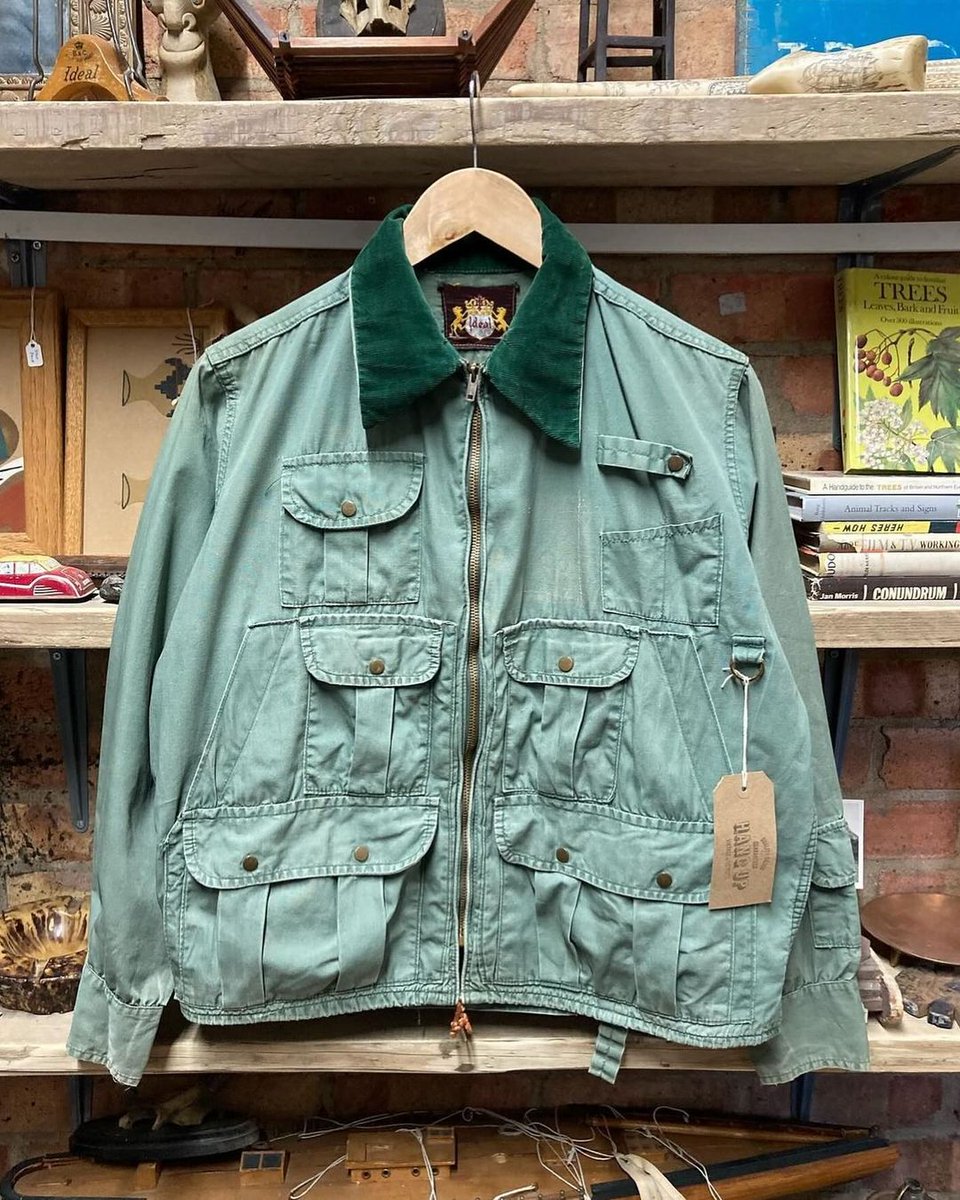
Remember that if you buy on eBay, there's going to be a lot of hits and misses. You might get stuck with stuff that you don't like or doesn't fit. Double check measurements and return policies. Be cool about the process. What you save in money, you'll spend in time. 

If you find this sort of thing useful, I do two eBay roundups every week for Put This On. The list is mostly focused on classic menswear, tailoring, workwear, Americana, offbeat Japanese brands, and the like.
🔗: putthison.com/tag/ebay-round…




🔗: putthison.com/tag/ebay-round…




• • •
Missing some Tweet in this thread? You can try to
force a refresh



